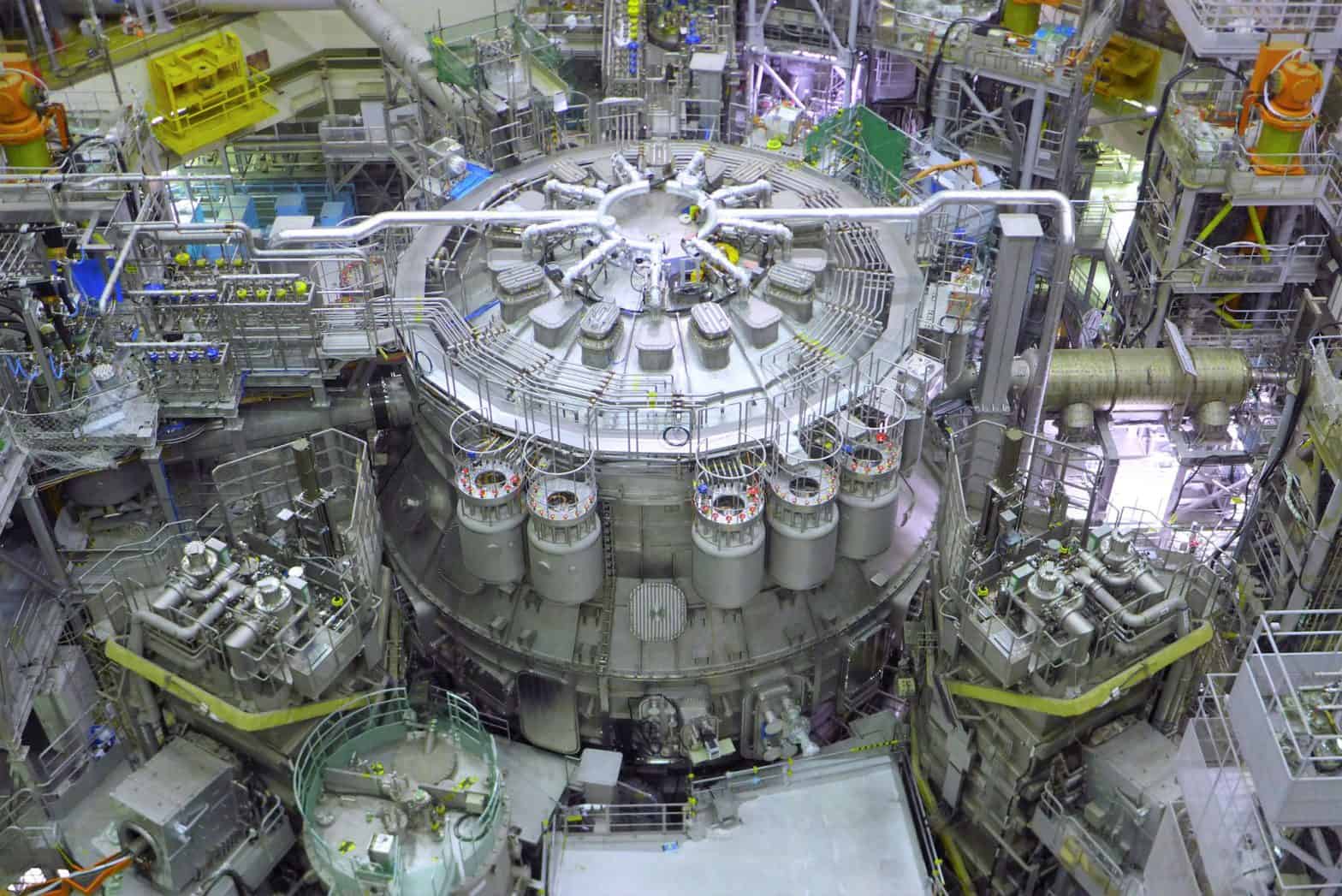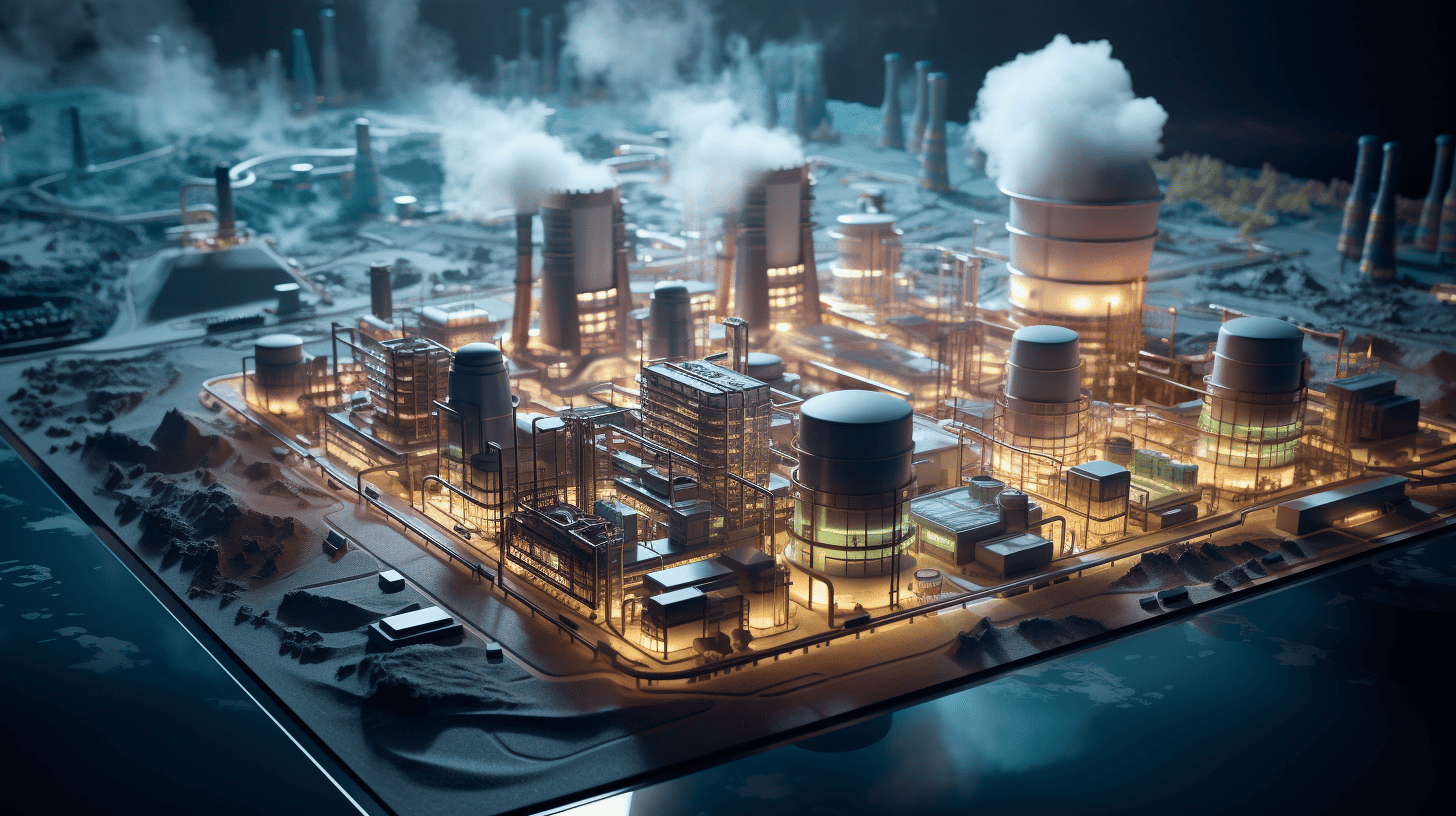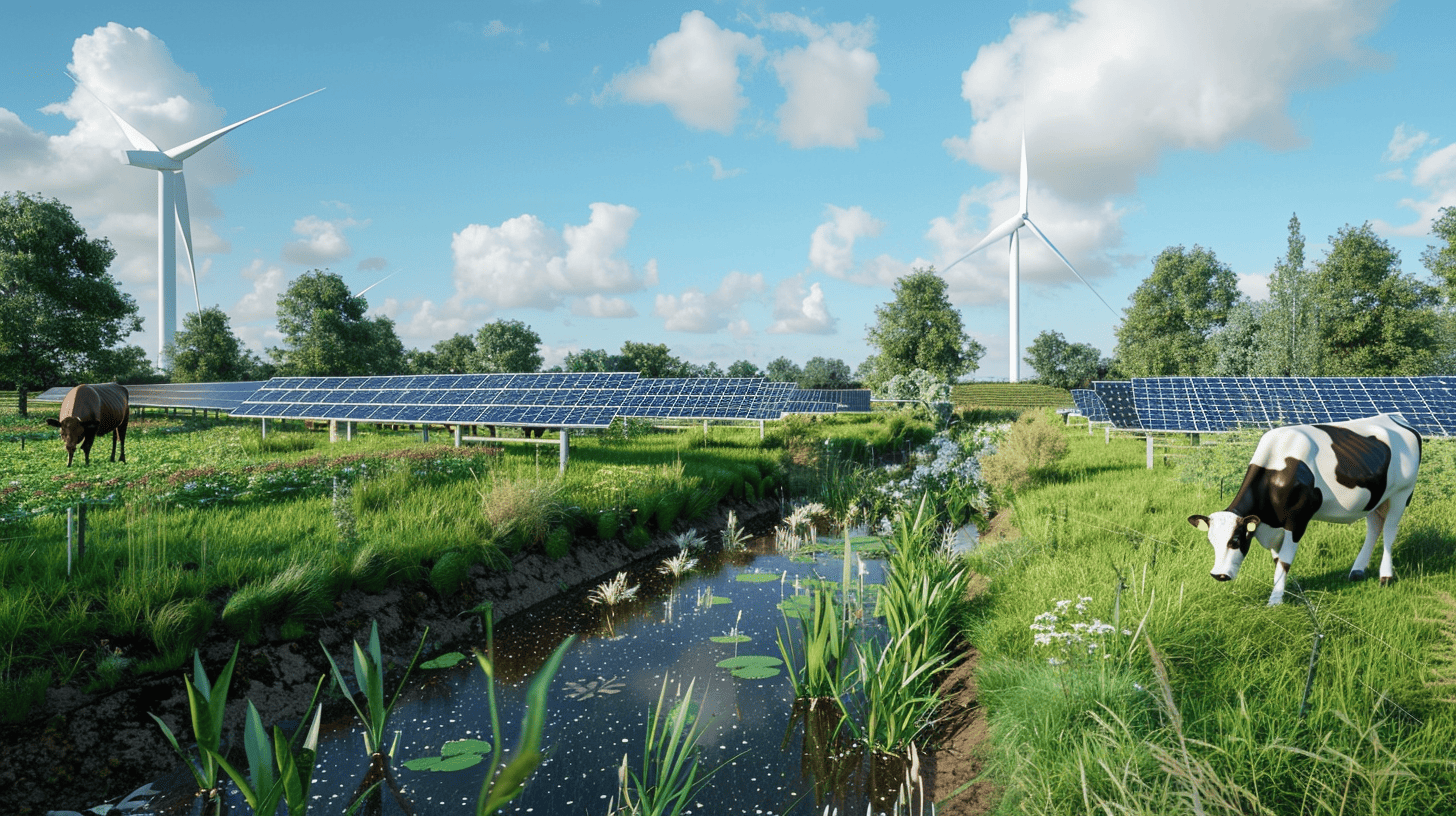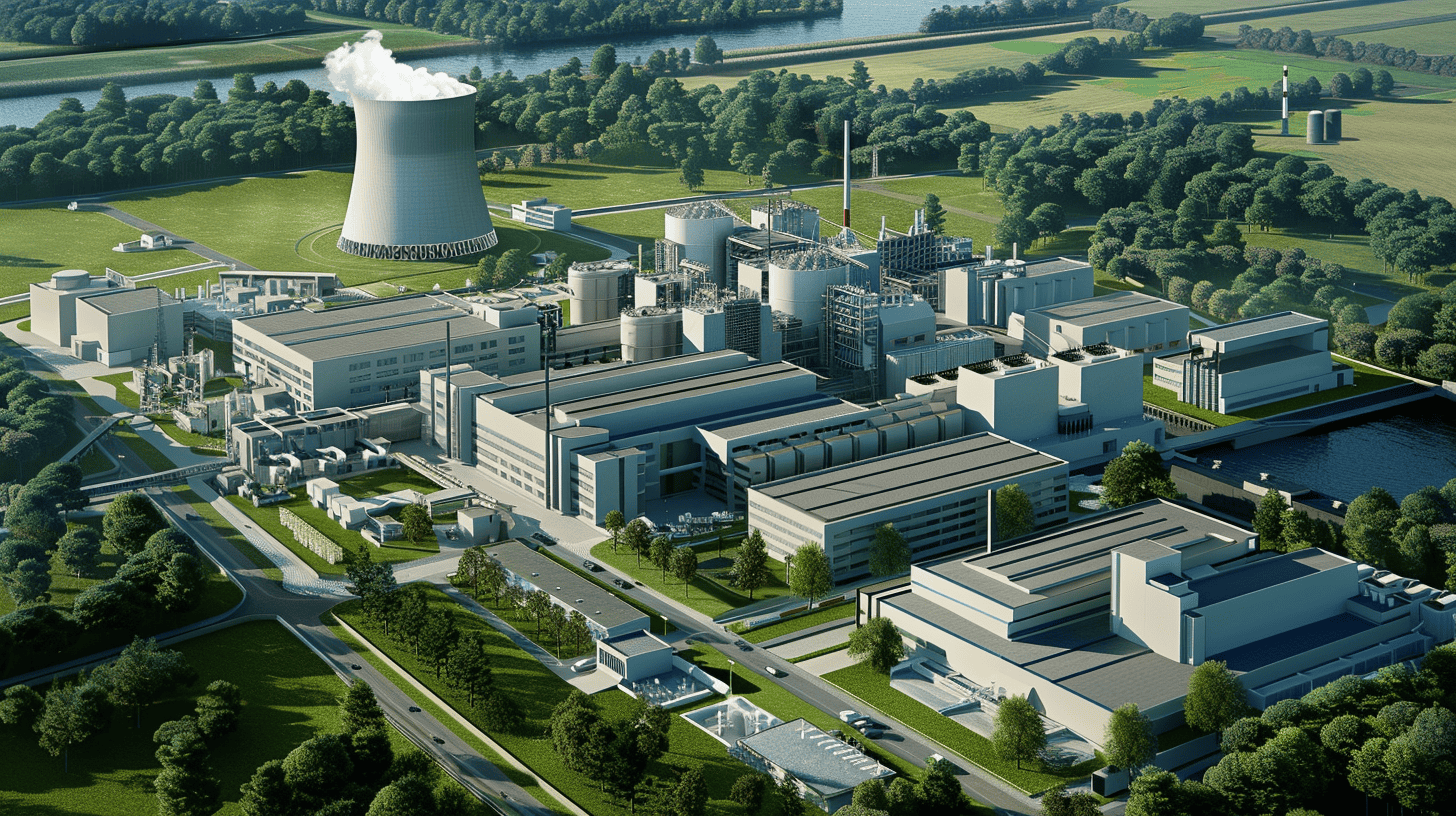
For someone who wants everyone to switch to solar panels, Auke tweeted something quite noteworthy. He explained how we can accelerate the development of nuclear energy by designing and rigorously testing nuclear power plants in the digital world. For many scientists, engineers, and other nuclear energy experts, building a power plant is, as Auke says, a ‘once in a lifetime project.’ And it is precisely this reason why the technology lags behind solar cells. After all, the latter is made in smaller quantities and far more frequently, resulting in more rapid advances in the technology. The idea behind this is that the more often you do something, the more you learn from it.
What do you mean – nuclear energy?!
“I’m not an opponent! I just think it’s currently too expensive and slow. I don’t fear it very much (I think climate change is a much bigger threat) but I understand it. Current power plants can get overheated and get a melt down, but the chance is very small. When atoms are split, radioactive waste is produced, which can also be used to make bombs. Every country with nuclear energy that wants to make a bomb can do so. And storing waste safely for tens of thousands of years is no small challenge either.”
It doesn’t really sound like a good alternative to solar panels, does it?
“That fear mainly has to do with current nuclear fission, that splits uranium atoms in large plants. I think things like thorium power plants don’t have these issues but development takes too long. And I love the idea of producing smaller powerplants but this is at current just an idea.
What attracts me more is nuclear fusion, where the atomic nuclei are not split but instead merged together. They are smaller atoms and are very common – they are found in seawater, for example. 1 gram of nuclear fusion material produces as much energy as 4000 kg of oil. The beauty of it is that some of the atoms that are necessary for fusion are released during the reaction. So, this means an infinite form of energy in theory.”
“What’s more, nuclear fusion is a lot safer than nuclear fission. If a reactor breaks down, the reaction process also stops. In addition, far less radioactive waste is released and what is released is only radioactive for 100 years, rather than thousands of years.”
Simulating the sun on earth
Nuclear fusion is exceptionally complex. It is the same process that also turns the sun into a warm ball of light. Simulating this on earth – outside a lab and on a commercial scale – requires considerable effort. “In order to do this, you have to put atoms under extreme pressure and even higher temperatures. They use plasma to do that – a very hot gas – which is held in place by a magnetic field,” Auke explains.
In France, construction has been underway since 2013 on the largest fusion reactor in the world, the ITER. Involved in the project are the EU, China, India, Japan, Russia, South Korea, and the United States. The reactor must be completed by 2025 in order to carry out the first – tentative – experiments. The project has a price tag of almost €30 billion. “Just think about it, this is the first one on such a massive scale. It is extremely expensive and the construction will take more than 20 years. For many of those involved, this is the only time they will ever be involved with something like this. And therefore the only time they can learn anything from it. That got me thinking. “How can fusion technology follow in the footsteps of solar cells?”
Well, what’s your answer?
“With every doubling of production, solar cells become 20% cheaper. Over the past 50 years, they’ve become 100 times cheaper. And if you look at this picture (see below), you’ll see that their yearly production is skyrocketing and that makes them cheaper. In the beginning, everyone was yelling that solar cells would only be suitable for space travel, but take a look now! These developments are exponential. This is because we can make solar cells relatively quickly and in small quantities. And with every new incarnation, a new generation emerges where faults from the previous series are fixed. In turn, everyone is able to build on the knowledge that has been gained, so developments gain rapid momentum.”

In Auke’s view, we underestimate the impact of exponential growth. In order to illustrate how fast this happens, he recounts the story of Sissa, a mythical Indian figure who invented the game of chess. “The king asked how he could reward him for this invention. “Simple, I want one grain of rice multiplied by itself again and again for each square on the chessboard. A simple reward indeed, the king thought. But he wasn’t a very good mathematician. 1 became 2, to 4, 8, 16, 32, and so on. It soon became apparent that the king didn’t have enough grains of rice to pay the reward.”
But can you speed up the learning process by going digital?
“When I was designing my house, I did it all digitally. I was able to virtually walk through my house with a pair of VR glasses. I could adjust things in detail and see what the effect was. An architect used to make artistic sketches, which were translated by a technical draftsman who would measure it all out to check if it was accurate. A contractor translated these sketches into work instructions for the builders. Mistakes are easily made with so many translations. Now you see more and more models wherein all the parties involved work on the same file. The changes made by one party directly affect the work of the other. As a result, fewer mistakes are made and construction is a lot speedier.”
“You can use that principle for nuclear fusion too. Now I do realize that this kind of reactor is way more complicated than my house. But if such a digital reactor is highly detailed and you can test and modify everything in VR, you can also use it to speed up the development of this technology. Instead of spending 20 years and €20 billion, you could perhaps do that for a billion euros in just one year.”
Isn’t that being done already?
“Science tends to narrow things down a lot; let a scientist explore a subject for ten years and you end up with highly in-depth knowledge of a small piece of the puzzle.”
“I am not saying anything about how such a reactor would work and what kind of advanced mathematics is behind it because then I wouldn’t know what I’m talking about. But what I do see is which models you need to connect all the separate pieces of the puzzle to each other. And that isn’t happening enough.”
Translating abstract mathematics to actual practice
Once more, Auke stresses that this type of digital nuclear reactor is ‘a thousand times more complex than my house’: “Modulating the plasma is very delicate, you have to encapsulate the magnetic field with great precision. These are the dark threads that encircle the blue tubing. There are thousands of variations and before you have found the right proportions you are several years further down the road. But if you put all these possibilities into a computational model, the computer calculates the best ratios much faster.”

Then you are still not there by a long shot, Auke goes on. Engineers then get to work on these advanced mathematics: “They update the mathematical model. They look for materials that can withstand extreme heat. That translation brings abstract mathematics closer to reality. Then they add the next level where they look at how this type of nuclear power station should be built. Which components do we need in order to run a lot of power safely through certain materials? You expand this further and further until you have even created the underlying software that keeps such a power plant up and running and ultimately connects all the pieces of the puzzle together.”
“Anyone with a good idea can copy the file and work on it. That’s the great thing about it. That’s when you’ll notice that it will go a lot faster all of a sudden. Parts become smaller and more effective. And instead of spending €20 billion, it costs just €10 billion and the power plant generates twice as much energy. You can also tweak the model again if it turns out that actual practice is slightly different than expected. This in turn yields more knowledge and the next physical version will be improved and cheaper. In no time at all you can supply an entire province with energy and the development will only cost a mere €100 million. I can totally see it!







